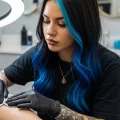Embarking on the journey of getting a new tattoo is an exciting experience, a moment where personal expression meets a timeless art form. You’ve meticulously chosen the design, found a talented artist, and finally, the ink has settled into your skin. But the artistic process doesn’t end when the tattoo machine stops buzzing. In fact, a crucial phase is just beginning: aftercare. Proper tattoo aftercare is not merely a suggestion; it is the cornerstone of ensuring your new artwork heals beautifully, retains its vibrancy, and remains a source of pride for years to come. Think of it as the vital period where you nurture the skin and the ink, allowing the intricate details and bold colors to settle in perfectly. Neglecting this phase can lead to faded colors, blurred lines, prolonged healing, and in more serious cases, infection or scarring. This guide is designed to equip you with the knowledge and confidence to navigate the aftercare process like a seasoned pro, ensuring your investment in art translates into lasting beauty.
Why proper tattoo aftercare is crucial for your new ink
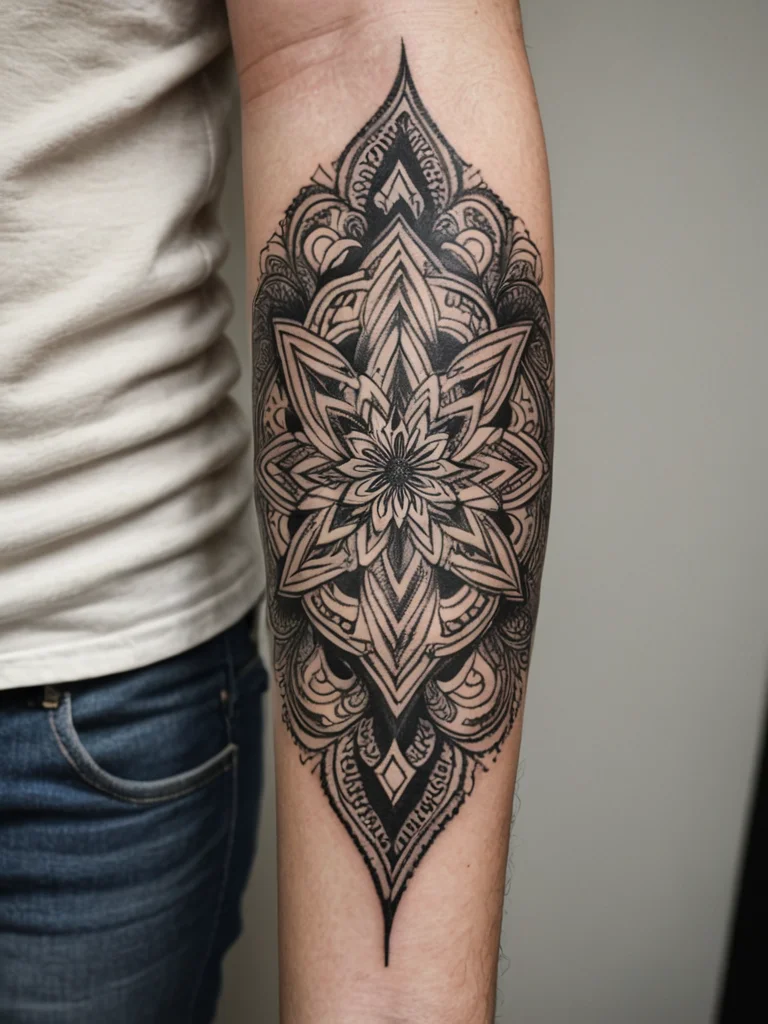
The moment a tattoo artist finishes your piece, your skin has essentially undergone a controlled trauma. The needles have repeatedly punctured the epidermis to deposit ink into the dermis, the deeper layer of skin where the pigment will permanently reside. While your body is a remarkable healing machine, this process requires careful management to achieve optimal results. The primary reason proper aftercare is paramount is to facilitate the skin’s natural healing process. When you follow the recommended steps, you are creating an environment that encourages rapid and healthy regeneration of the skin cells, minimizing inflammation and preventing complications. Secondly, aftercare directly impacts the longevity and appearance of your tattoo. The ink particles are suspended within the dermis, and how the skin heals around them dictates how sharp your lines remain and how vibrant your colors stay. Without proper care, the ink can migrate, fade unevenly, or become obscured by scar tissue, significantly diminishing the visual impact of the artwork. Furthermore, a freshly tattooed area is an open wound, making it susceptible to bacteria and infection. Aftercare protocols are designed to act as a protective barrier, keeping the area clean and free from harmful microorganisms. Following these guidelines diligently is not just about preserving the aesthetic; it’s about safeguarding your health and ensuring the integrity of the tattoo itself. It’s an act of respect for the art and for your body.
The essential tattoo aftercare kit: what you need and why
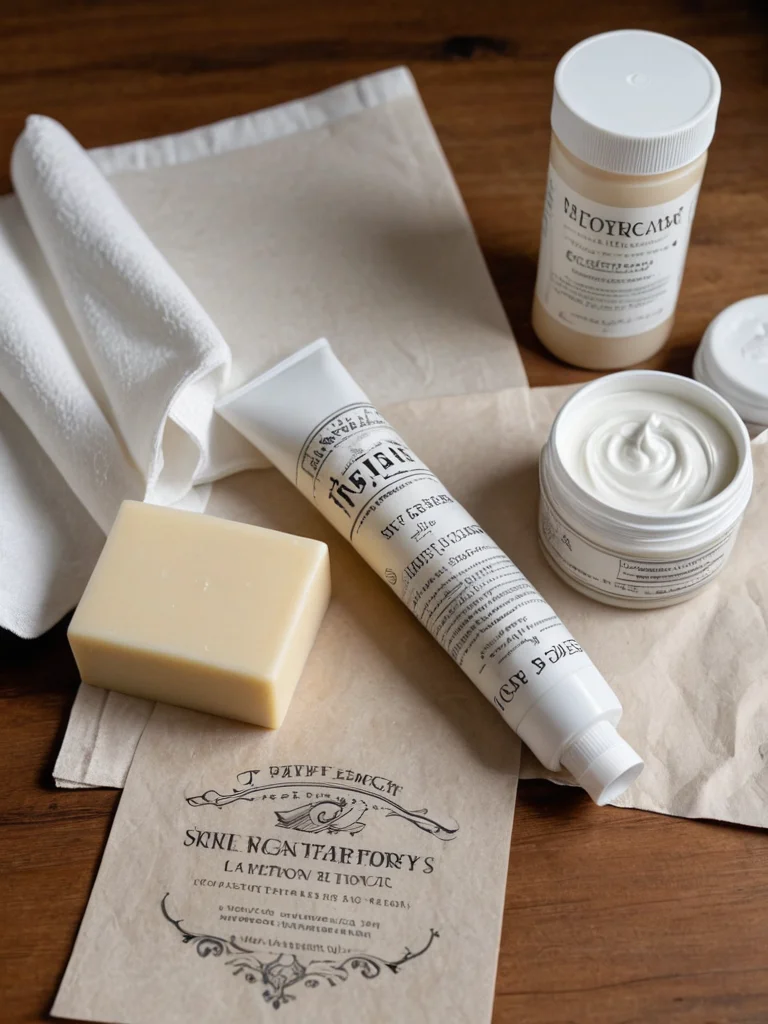
Assembling the right supplies before or immediately after your tattoo session is a proactive step that simplifies the entire aftercare process. Your tattoo artist will likely provide you with initial instructions and often a specific product recommendation, but having a comprehensive kit on hand ensures you’re prepared for every stage of healing. The foundation of any good aftercare kit is a gentle, fragrance-free, antibacterial soap. This is your primary tool for cleaning the tattooed area, removing any dried blood, plasma, or excess ointment without irritating the sensitive skin. Avoid harsh soaps or those with added moisturizers, as these can clog pores or introduce unnecessary chemicals. Next, you’ll need a high-quality, unscented moisturizer specifically formulated for tattoo aftercare or a plain, pure petroleum jelly alternative like Aquaphor or a specialized tattoo balm. These products help to keep the skin hydrated, preventing it from drying out and cracking, which can lead to scabbing and color loss. It’s important to choose products without dyes or perfumes, as these can cause allergic reactions or irritation. Absorbent, disposable paper towels or clean, lint-free cloths are also essential for gently patting the tattooed area dry. Using cloth towels can introduce lint and bacteria, so opting for disposable options is the safer choice. Lastly, while not always strictly necessary for the initial healing phase, a high-SPF sunscreen will become your best friend once the tattoo is fully healed. Protecting your ink from UV damage is crucial for maintaining its color and vibrancy over time. Keep these items readily accessible; you’ll be using them frequently during the initial healing period.
Step-by-step guide: how to clean and protect your tattoo
The first 24 to 48 hours are critical, and your tattoo artist will typically cover your new piece with a bandage or protective wrap. It’s vital to follow their specific instructions regarding how long to keep this initial bandage on – this can range from a few hours to a couple of days, depending on the type of wrap used and the artist’s preference. Once it’s time to remove the bandage, the cleaning ritual begins. Wash your hands thoroughly with soap and water before touching your tattoo. Gently remove the bandage, being careful not to pull it off if it seems stuck; warm water can help loosen it. Once exposed, gently wash the tattooed area with lukewarm water and your chosen mild, antibacterial, fragrance-free soap. Use only your fingertips to lather and clean the skin; never use a washcloth or loofah, as these can harbor bacteria and be too abrasive. Rinse the area thoroughly with lukewarm water, ensuring no soap residue remains. Then, gently pat the tattoo dry with a clean, disposable paper towel. Avoid rubbing, as this can irritate the skin and disrupt the healing process. Once completely dry, apply a very thin layer of your recommended aftercare ointment or moisturizer. The key here is *thin*; you want to create a breathable barrier that keeps the skin hydrated, not suffocate it. Over-application can lead to clogged pores and impede healing. Repeat this cleaning and moisturizing process approximately 2-3 times a day, or as directed by your artist. As the tattoo begins to heal, typically after a few days, you might switch from an ointment to a lighter, fragrance-free lotion. Continue to keep the tattoo clean and moisturized, avoiding prolonged soaking, direct sun exposure, and tight clothing that can rub against the healing skin. Always allow the tattoo to air out for a few minutes between cleaning and applying lotion. Remember, consistency is key during this entire process.
Common tattoo aftercare mistakes to avoid (and how to fix them)
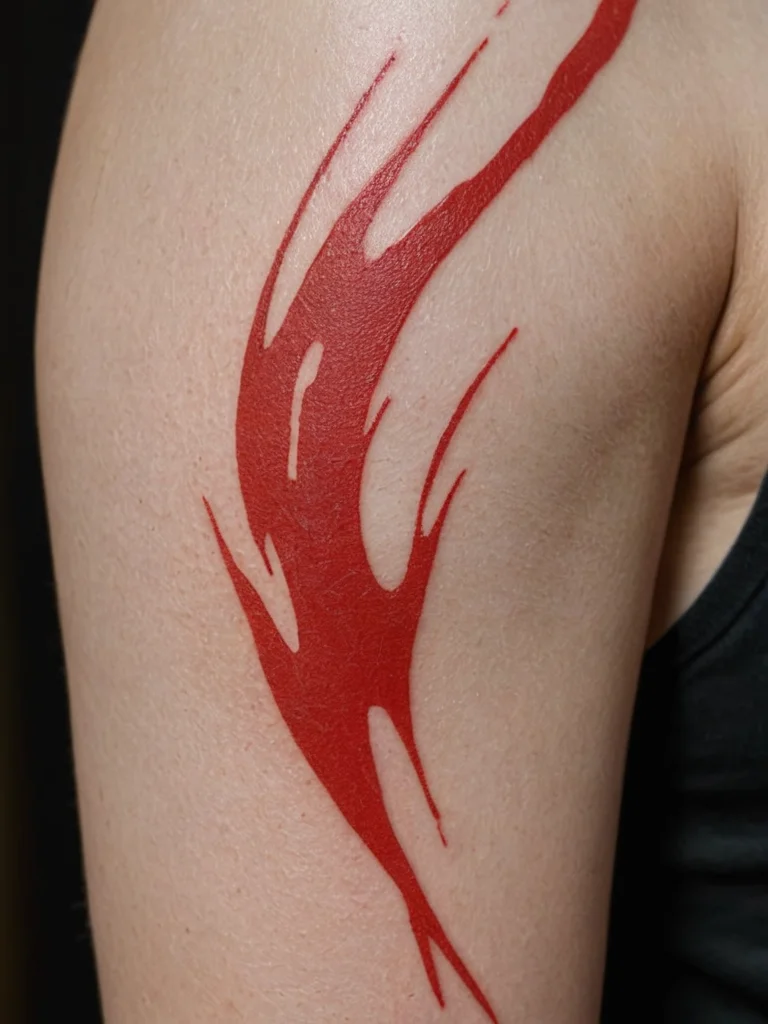
Navigating the healing process can sometimes lead to unintentional missteps, but knowing what to avoid can save your tattoo from potential damage. One of the most common mistakes is over-washing or under-moisturizing, or conversely, over-moisturizing. Washing too frequently can strip the skin of its natural oils and dry out the healing tissue, leading to excessive scabbing and potential ink loss. On the flip side, applying too much ointment or lotion can suffocate the skin, creating a breeding ground for bacteria and causing pimples to form on or around the tattoo, which can lead to scarring. The fix? Stick to the recommended cleaning schedule – typically 2-3 times a day – and apply only a thin, even layer of moisturizer. Another frequent error is picking at scabs or peeling skin. While the urge can be strong, picking can pull ink out of the skin, leading to patchy color and uneven healing. Resist the temptation at all costs. If a scab loosens naturally, let it fall off on its own. If you accidentally pick or peel an area, gently clean it and apply a thin layer of ointment to protect the exposed skin, but avoid further irritation. Many beginners also forget the importance of avoiding prolonged soaking. Submerging your new tattoo in baths, hot tubs, swimming pools, or oceans exposes it to bacteria and chemicals that can cause infection and damage. Showers are fine, but opt for quick ones and avoid directing the water spray directly onto the tattoo for extended periods. If your tattoo does become submerged, rinse it gently with clean water afterwards and resume your normal aftercare routine. Lastly, exposing a healing tattoo to direct sunlight is a major no-no. UV rays can burn the delicate skin, causing fading and irritation. Keep your tattoo covered and out of the sun until it is fully healed, and then commit to using sunscreen daily to preserve its vibrancy. Being aware of these pitfalls and their solutions will significantly improve your healing experience.
When to seek professional advice: recognizing signs of infection or healing issues
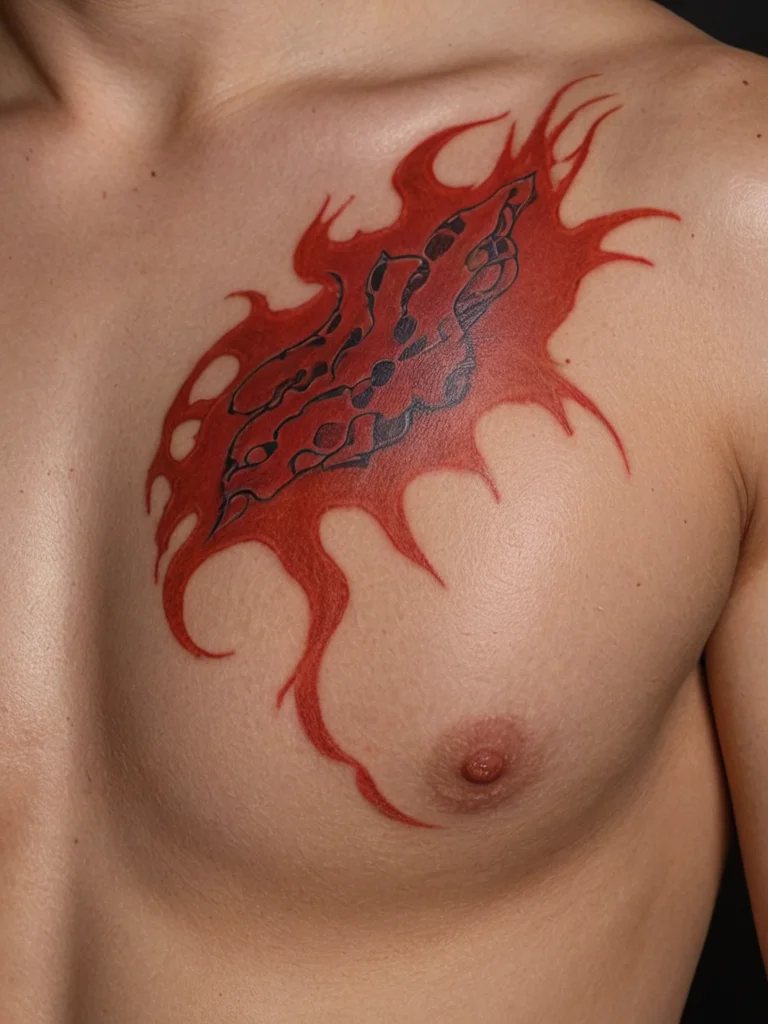
While most tattoos heal without major incident when following proper aftercare, it’s essential to be vigilant and recognize when something might be going wrong. Your body will communicate through various signs, and understanding these signals is crucial for prompt intervention. The most significant concern is infection. Signs of infection can include increasing redness and swelling that spreads outwards from the tattoo, persistent and intense throbbing pain, pus or a foul-smelling discharge from the wound, and fever. While some initial redness and minor swelling are normal parts of the healing process, these symptoms should not worsen after the first day or two, and they certainly shouldn’t be accompanied by pus. Another common issue can be an allergic reaction to the ink or the aftercare products. This might manifest as an itchy rash, small bumps, or blisters appearing on or around the tattooed area, often several days or even weeks into the healing process. If you suspect an allergic reaction, stop using any new products you’ve introduced and consult your artist or a medical professional. Excessive or thick scabbing can also indicate that the tattoo is drying out too much or that the skin is struggling to heal, potentially leading to scarring or ink loss. In such cases, ensure you are moisturizing consistently but thinly, and if the scabbing is severe, it’s wise to get a professional opinion. If your tattoo seems to be healing extremely slowly, or if areas of the ink appear to be completely falling out with the scabs, this could also warrant a check-up. Always err on the side of caution. If you notice any of the severe signs of infection or are simply concerned about your tattoo’s healing progress, don’t hesitate to contact your tattoo artist for advice. They are experienced in observing the healing process and can guide you on whether to seek further medical attention. Your health and the integrity of your artwork are the top priorities.







